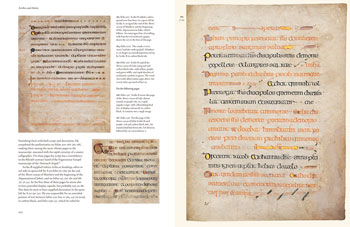
The book elucidates the imagery, with descriptions of how animals, including lion, peacock and snake, functioned symbolically, and explores the relationship between text and decoration, the scribes and artists, and technical aspects including the production of the manuscript, which remains mysterious.

We are guided through full-page depictions of Christ, the Evangelists and their symbols, lavish openings to the Gospels, inventive lettering, and combinations of complex interlace, animals and human figures. It will be a revelation even to those familiar with the great Book of Kells. This new book will enrich people interested in manuscripts, in design, in Celtic art, in religious imagery, and in the world of Irish studies. Produced around 800, it presents a text of the Gospels employing decoration that is not only extraordinarily rich and colourful but also, in places, deeply enigmatic. Amongst such discoveries, made by myself, are a few perhaps worth mention.īernard Meehan was head of research collections and keeper of manuscripts at Trinity College, Dublin, where the Book of Kells is on permanent exhibitionThe Book of Kells is one of the great treasures of medieval Europe.

The Manuscript itself is, however, so full of information from within, that a slight study of even the reproductions given in this volume enables a careful observer to discover features of interest, previously unnoticed, on almost every page. Consequently there is little to add, from the studies of others, to the description of the Manuscript as given in the first edition. No new light, so far as I am aware, has been thrown during those years on any disputed questions relating to the Book of Kells.

Since the date of the first issue, some six years of war and the turmoil that follows war apparently put an end to all serious investigations in the domain of Celtic palaeography. In the first place, it amply justifies the belief, entertained by the producers when the work was brought out, that the presentation of a series of the unrivalled illuminated pages of the Book of Kells, in their actual colours, would be regarded as a welcome supplement to such previously published works on the same subject as contained only uncoloured representations and secondly, it establishes the fact that there are many more persons outside the world of connoisseurs, who are interested in the Manuscript itself, its history, and its artistic details, than was popularly believed to be the case.


 0 kommentar(er)
0 kommentar(er)
